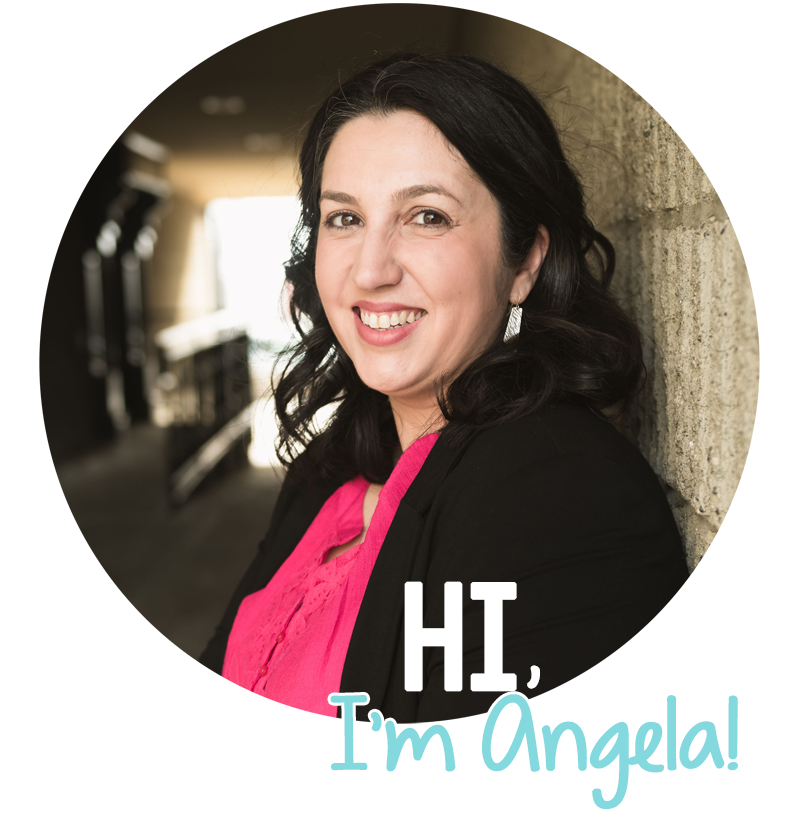During my practicum, I was introduced to a series of three books: “Practical Ideas to Start up the Year”, “Spark Up” and “Wrap Up”. There is a few grade level versions. One thing discussed in the “Start Up” book is a class agreement. I know
a lot of classrooms have rules (as they should), but I really liked the
idea of building those with the class as a set of expectations. I do
this over the first week of school.
I find that building this agreement with my students helps to increase their sense of belonging and responsibility in and to the classroom. It also helps to boost their accountability for their actions. I’ll lead you through the steps I take to build this agreement so that you can apply the strategy in your classroom as well!
Day One
First, I read “David Goes to School” by David Shannon. The kids think David is hilarious (as do I). Although this picture book could be used with a kindergarten class, it is still quite enjoyable at the higher grades. We talk about some of the things that David does that aren’t the greatest of ideas. I leave it at that for the first day.
Day Two
The next day, I set up a “Looks Like, Sounds Like, Feels Like” chart on the Smartboard. I ask “What do you want our classroom to look like, sound like, and feel like?” The class first has table discussions and then we fill in the whole class chart.
Next, we look at the items, and try to combine them into 3 big ideas.
Each colour represents pieces my class thought went together:
Day Three
On day three, we re-evaluate the chart and add in anything else we may have forgotten the day before. We then work to turn everything into full sentences. I limit it to three sentences that include all of our ideas. That means we start talking about the terms “responsible”, “respectful”, “safe”. These just happen to be part of our school motto.
Day Four
Ahead of time I write the class agreement written on chart paper. It starts with “We agree to be learners who…” I give everyone one last chance to do some editing. I feel that if they all have to agree to it for the entire year, I want the students to have a say in every step of the process. When we all agree, everyone comes up to the front and signs it.
The finished chart paper hangs up in a visible area of the class. I refer to it as needed. Because students have signed their names it is very effective to remind them that they agreed to what it says.
Want to know more? Read this post all about building your classroom community.
Pin this post:
Helping to inspire,











